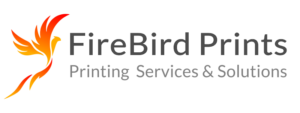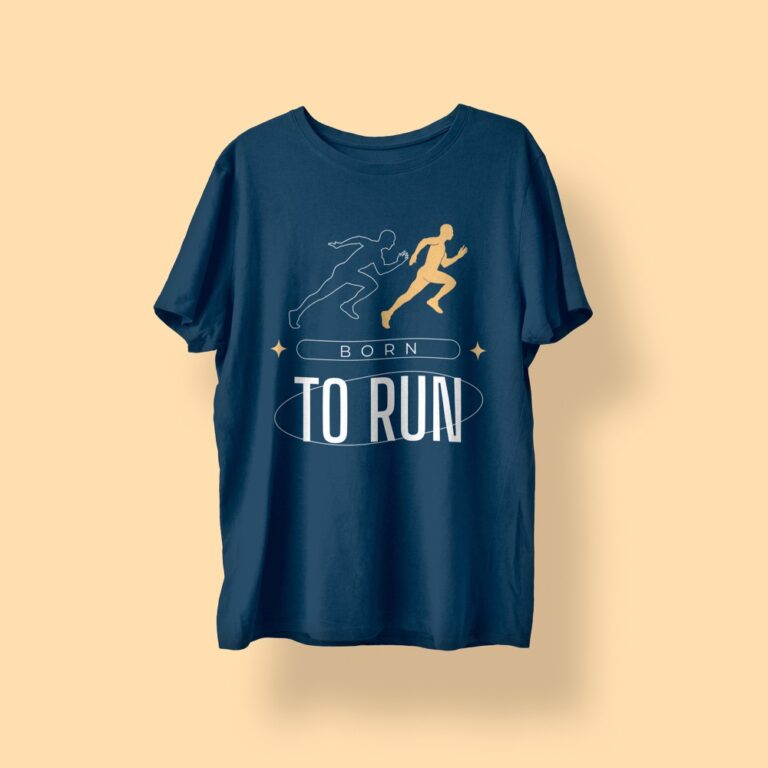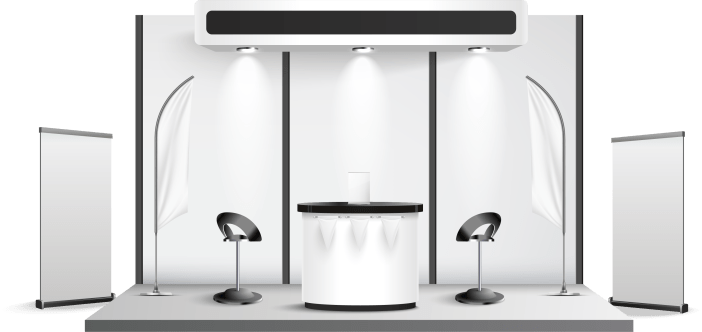Logo Design – First impressions matter more than ever.
For businesses and organizations, a well-designed logo is often the first point of contact with potential customers and supporters.
It’s a silent ambassador, visually communicating your brand’s essence, values, and personality.


What is a Logo?
A logo is a graphic mark, emblem, or symbol used to represent a company, organization, product, or website.
Brand Recognition
A well-designed logo is instantly recognizable, even at a glance.
It helps people remember your brand and associate it with positive qualities.
Brand Identity
Your logo visually communicates your brand’s core identity, values, and mission.
The design elements, colors, and typography all contribute to the overall message you want to convey.
Brand Differentiation
In a crowded marketplace, your logo sets you apart from the competition.
It’s a unique visual cue that helps people remember your brand and choose you over others.
Brand Trust
A professional and well-designed logo can build trust and credibility with your audience.
It conveys a sense of quality and professionalism that can influence consumer perception.
What Makes a Great Logo?
An effective logo is more than just an attractive image
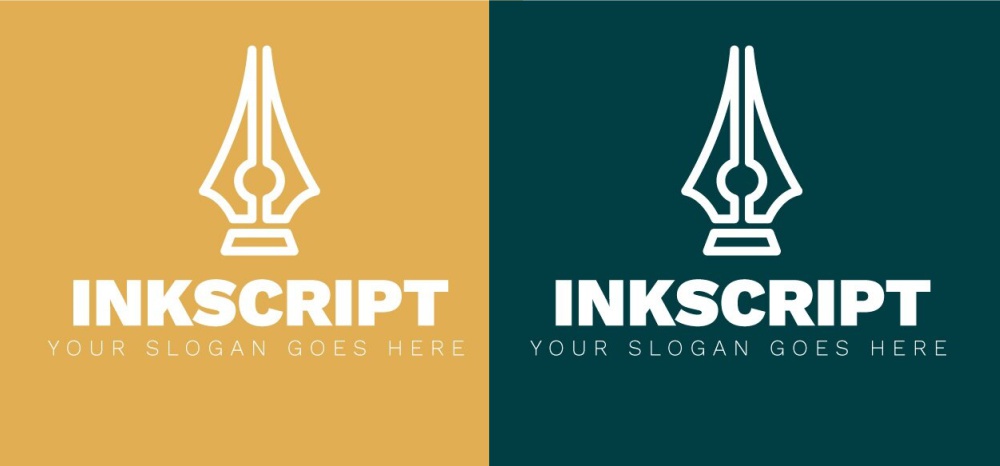



Simplicity
A logo should be easily recognizable and memorable, even at small sizes.
Complex designs with intricate details can become muddled when shrunk down for use on business cards, mobile apps, or favicons.
Imagine trying to decipher a logo with a lot of fine lines or text on a mobile phone screen.
It’s best to keep it clear and concise for maximum impact across various applications.


Timelessness
A logo should avoid trendy elements that might become dated quickly.
Fads come and go, but a truly effective logo should have lasting visual appeal.
Classic logos like those of Coca-Cola, Apple, and Nike have endured for decades because they are simple, memorable, and transcend fleeting design trends.
Opt for a timeless design that will represent your brand well for years to come.


Relevance
The logo should visually represent your brand’s core identity and resonate with your target audience.
Consider what your brand stands for and how you want to be perceived.
The visual elements of your logo should complement your brand message and evoke the right emotions in your target audience.
For example, a logo for a children’s toy company might incorporate playful colors and shapes, while a logo for a law firm might use more conservative and sophisticated elements to convey trust and authority.


Versatility
A great logo can be used effectively across various mediums, from print materials and websites to social media profiles and merchandise.
Your logo will be displayed in a variety of sizes and contexts, so it needs to be adaptable and maintain its visual integrity.
Consider how the logo will look on a billboard, a letterhead, and a product label.
It should be reproducible in black and white as well as in color, and it should translate well to different digital formats.
Logo Design Approaches


Wordmarks
Logos that use the brand name as the primary design element are often strong for brand recognition but might require a strong typographic treatment and careful consideration of spacing to ensure readability and visual interest.
Examples of effective wordmarks include Coca-Cola, FedEx, and The New York Times.


Lettermarks
Logos that use initials or abbreviated versions of the brand name can be a space-saving and versatile option, particularly for brands with long names.
However, they can also be challenging for brand recognition, especially for new businesses.
Examples of successful lettermarks include NASA, IBM, and HBO.


Brand Marks (Symbols)
Logos that use a symbol to represent the brand can be highly memorable and versatile, especially for companies with global audiences or those with names that can be difficult to translate.
However, they may require additional brand-building efforts to establish a clear association with the brand name.
Examples of iconic brand marks include Apple, Nike, and the Twitter bird.


Combination Marks
Logos that combine a wordmark or lettermark with a symbol offer the benefits of both brand name recognition and visual representation.
This approach can be particularly effective for creating a logo that is both memorable and meaningful.
Examples of combination marks include Lacoste (which combines the brand name with a crocodile symbol), Starbucks (which combines the brand name with a siren symbol), and Amazon (which combines the brand name with an arrow that forms a smile).
The Logo Design Process
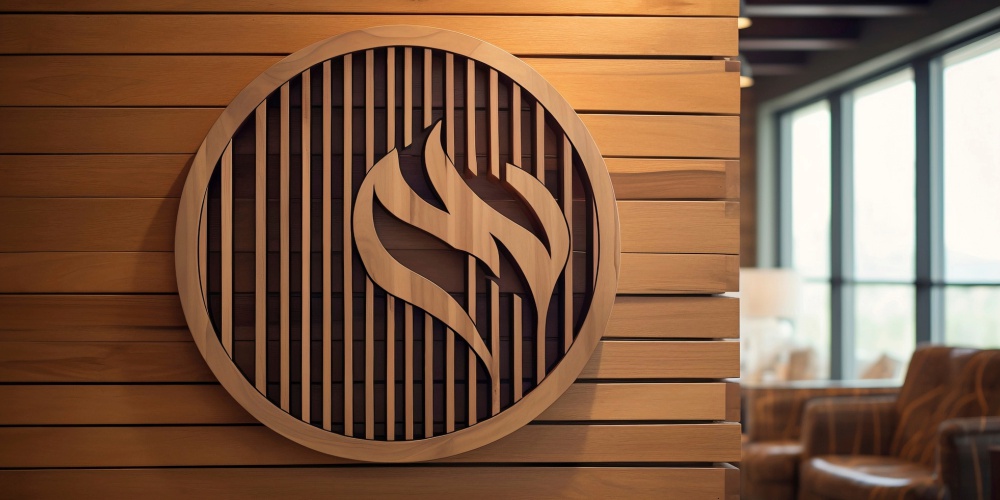

Creating a successful logo involves a collaborative process between you and a designer.
- Briefing: Communicate your brand’s values, target audience, and design preferences to the designer.
- Concept Development: The designer will present initial logo concepts based on your brief.
- Feedback and Refinement: Provide feedback on the initial concepts and work collaboratively with the designer to refine the logo until you’re satisfied.
- Finalization: Once you’ve finalized the logo design, you’ll receive the logo files in various formats for use across different applications.
DIY vs. Professional Design


Expertise
A designer can translate your brand vision into a visually compelling and strategically sound logo.


Uniqueness
A professional designer can create a logo that stands out from the competition.


Versatility
A designer can ensure your logo is adaptable and works seamlessly across various mediums.
Do You Need Logo Design Services?
Your logo is a valuable brand asset.
By investing time and resources into creating a well-designed logo, you’ll establish a strong visual foundation for your brand identity and set yourself up for long-term success.
